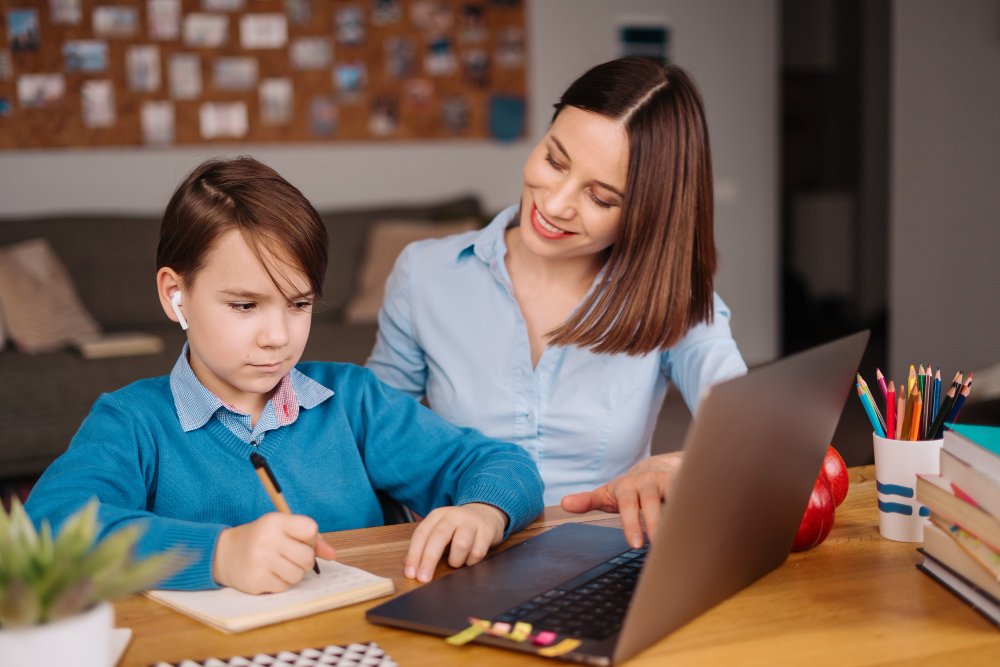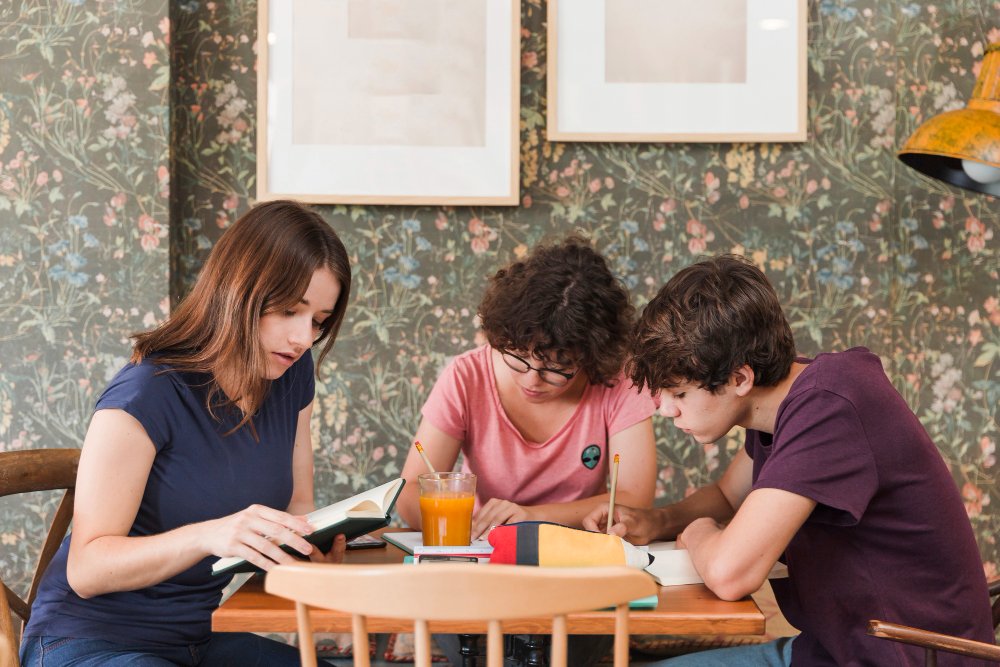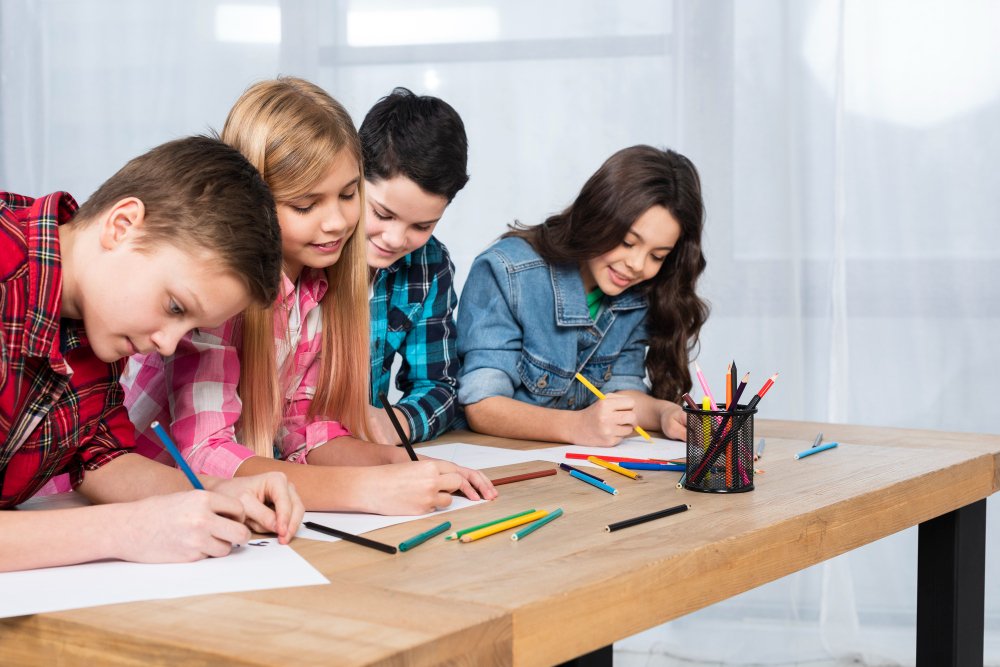“The reason why you’re not getting the results (that I expect) is because you’re not studying hard enough!” said every parent.
As much as that statement is true, and there is no denying that they could always do more, where do we draw the line where ‘more’ backfires? Although parents largely control the standard and the pressures that they set for their children, young adults also need to realise that their future is in their own hands and they need to take responsibility for their own learning. In order for this concept to be understood by the individual themselves there needs to be room for freedom – freedom in every sense of the word, whether it be the mind, body or spirit.
Everyone knows that the best way to learn is through experience but not everyone realises that it’s really not just as effective when it comes from the spoken words of someone else that has experienced them such as a sibling or a parent, but rather they need to experience it themselves for any real growth. If you want to go two steps forward, you need to go two steps deep, and this has to be on the child’s own terms.
The kind of freedom that is being mentioned here has a lot to do with stimulating the side of the brain that is often neglected – the right side of the brain. This is where the individual can move intuitively, interpret abstract meanings, think creatively and emotionally and is responsible for higher functions. So unless we’re trying to raise robots, the right side is integral as injuries or neglect to the right side of the brain could lead to impairments to attention, memory issues and overall awareness. Equally, the left side is just as important, it helps you identify which puzzle piece fits where but you need to be able to imagine the overall picture.
Now doing homework is excellent, but what about the homework needed to nourish the mind so that the brain can metaphorically and literally grow? Young brains change in shape and size in response to their environment, experiences and relationships and ultimately how they are wired. In fact, research shows that it can take more than 25 years if not more for the brain to reach maturity. Knowing this, in order to stand out, we need to do things differently otherwise we’ll be programmed to be just like each other.
Right side brain exercises that will give individuals individuality include but are not limited to the following:
Chess
Chess is a sport. It demands for mental endurance and discipline, and if that’s not convincing enough research has stated that it prevents Alzheimer’s disease and raises IQ. The practice helps with:
- Learning new moves, this bleeds into learning how to apply yourself with new challenges
- Forward thinking, if you don’t plan for the future then you won’t know which steps to take. This ties in with ambitious traits and the pro-activeness to achieve extraordinary feats.
- Strategic thinking and planning, goes hand in hand with forward thinking. To be spontaneous is to take an unnecessary risk, thus those who win have formulated well thought out and detailed strategies.
- Problem solving, because chess is a puzzle. Every move taken creates a new path and a new puzzle just like the complexity of life itself.
- Calmness under pressure and patience, this is especially important when it comes to the human emotion. A person who is calm always has an advantage, as they are able to be in full control thus work at optimum efficiency.
- Pattern recognition, if you believe that there is no coincidences in life then you’ll be able to pick out patterns and anticipate what you’re about to experience
- Reaction and recovery, knowing when to flight or fight is vital to how you handle tough scenarios
Music
Whether it’s learning how to play an instrument or listening to music, music is essential to happiness and is a fundamental element to the human species. There exists music therapy that is a process that treats mental and emotional issues and has shown to effectively relieve physical pains (such as in stroke patients). With such an accessible resource, you’d be doing yourself an injustice to ignore it. Learning how to play an instrument has proven to help with rhythm, coordination and holistic thinking on the base level. It has also proven to enhance the brain’s ability to master language skills, memory and attention. Of course, the type of music also has an influence on its effect on
the right side of the brain, mainstream music nowadays isn’t necessarily ‘healthy’ for the mind however the pure enjoyment of melody is enough to relieve stress and raise spirits, connecting people through the expression of feelings.
Drawing
Have you ever seen a child draw with so much spirit and determination as if they were Leonardo Da Vinci only to look down and find indecipherable scribbles? Of course you have, we all have. Creativity is a lost art in the 21st century, so anything that can’t be understood is easily rejected. It is not rejoiced enough and most logical, left brained individuals will find it pointless. But we mustn’t forget that the geniuses of the world were innovators – they discovered something drawn from the crevices of their mind, and at first it is
just a concept, an idea that isn’t logical – until made logical. Thus, colouring, painting, any application that is fostered from the imagination improves fine motor skills, communication and self esteem. It is part of the curriculum for a reason, and shouldn’t be underestimated.
Take a walk Short and sweet, as less as a ten minute walk has proven to boost creative output by 60%. Geniuses of the old world like Eistein and modern entrepreneurs like Steve Jobs used it to resolve complex problems and trigger divergent thinking (increased creativity found through a free flow state). There is substantial conversation around exercise and its benefits, but not enough for how a simple routine like walking and reconnecting with nature can heal the soul. It is an intuitive knowledge that if we as humans were formed naturally then the most effective fuel must be essentially natural. With the chaos and noise of the world today, there is no better time than now.
Take this opportunity to encourage yourself and your children to prioritise activities that promote longevity. These skillsets are all tools to add to the toolkit and whether you decide to do one or more, they should be taken on as a hobby, as skills only become yours when you practice them.





